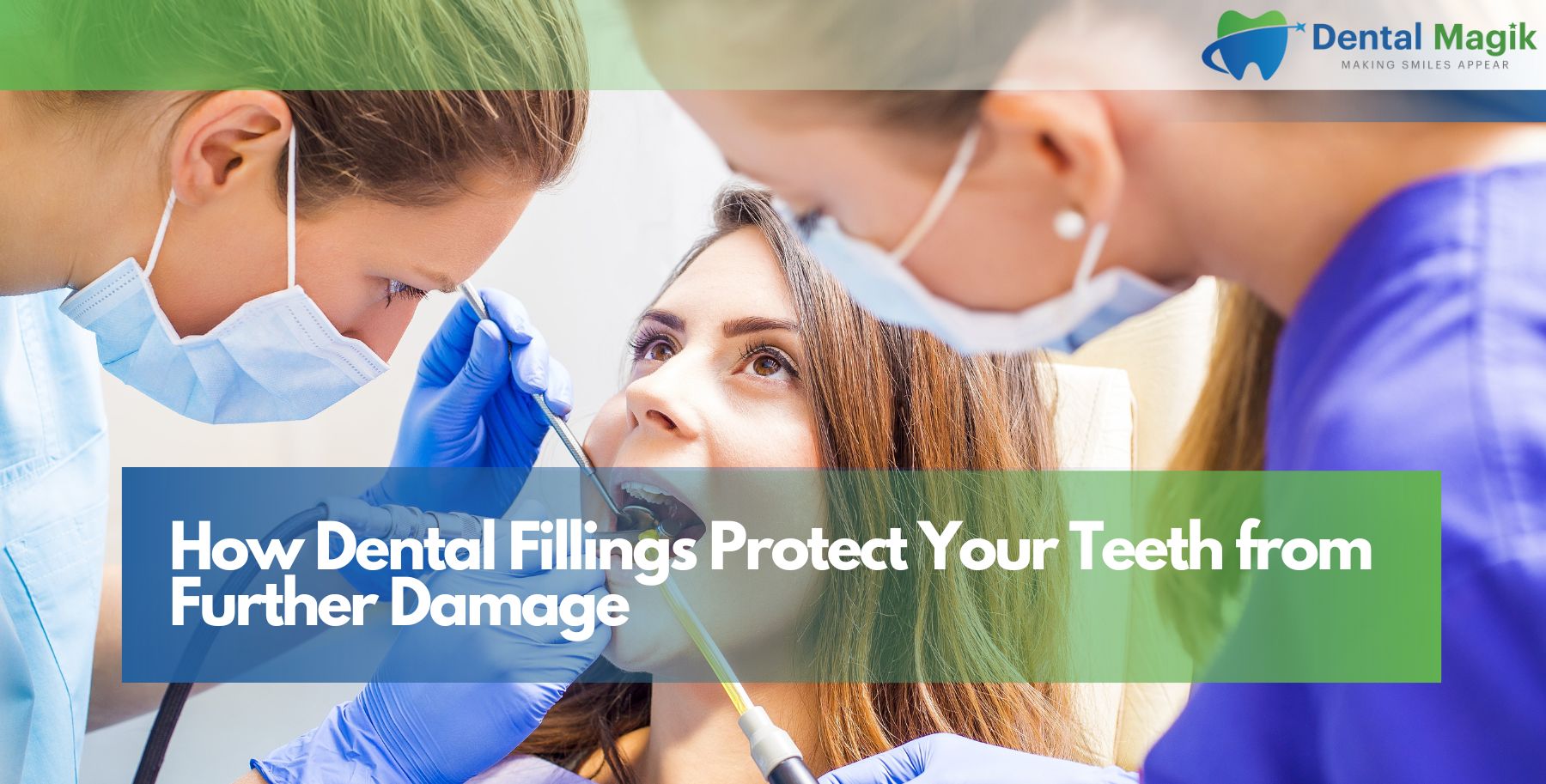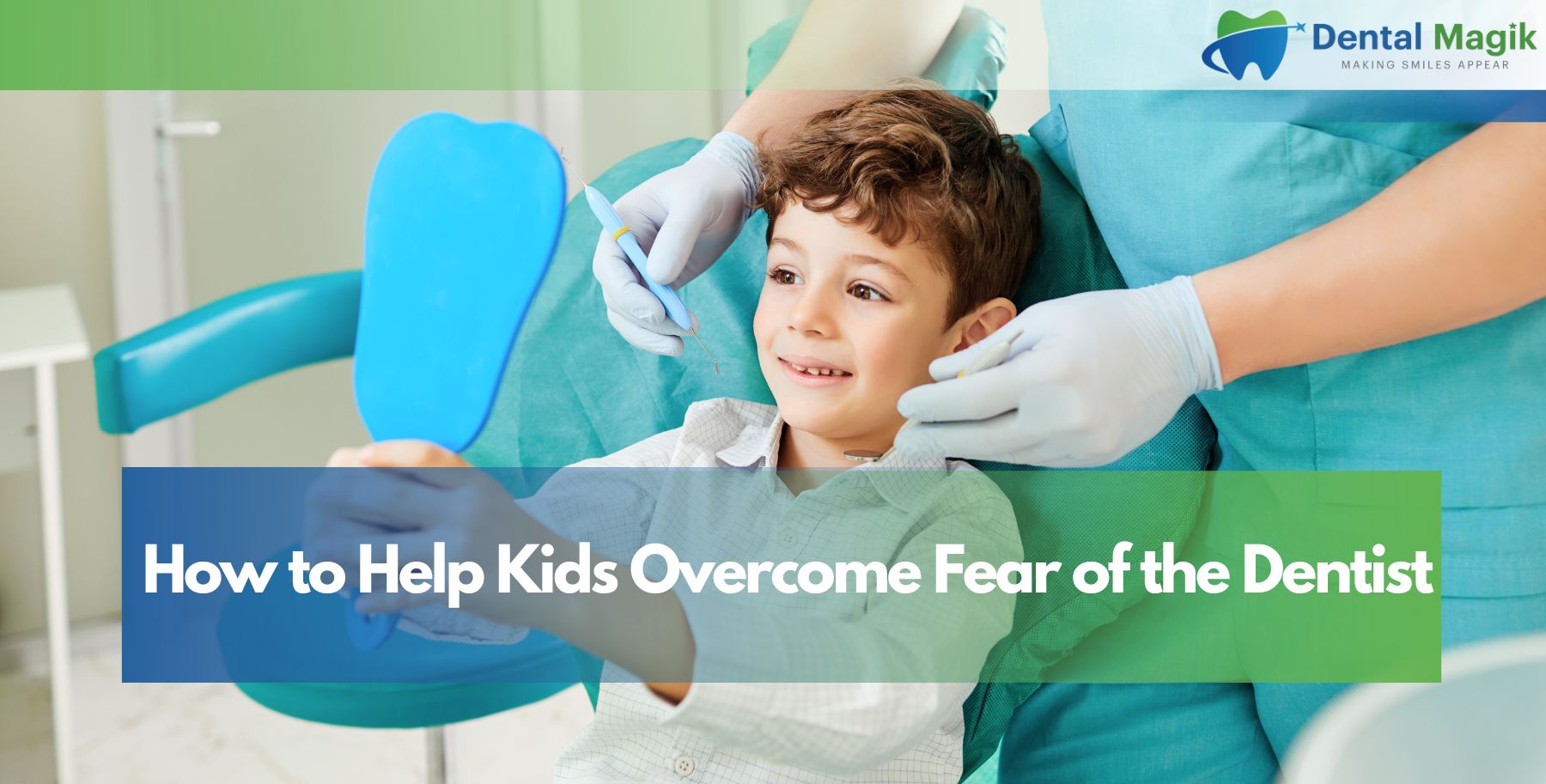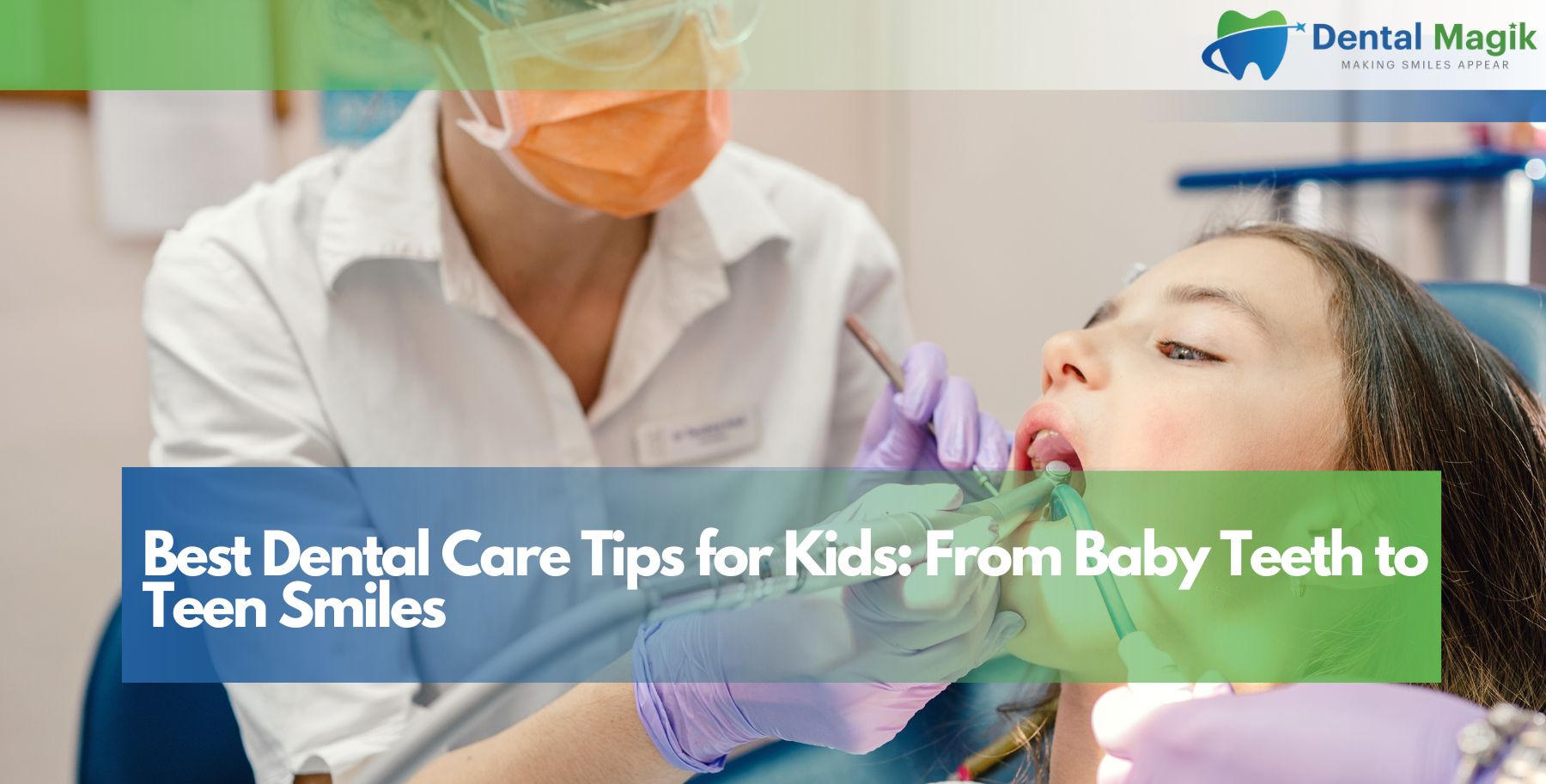When it comes to oral health, regular checkups do a lot more than just keeping your teeth clean. Behind every thorough dental exam, there’s a powerful tool working in the background—dental X-rays. These images help dentists see what’s hidden beneath the surface. And when used as part of preventive care, they can make the difference between a small fix and a serious dental issue down the road.
If you’ve ever wondered why X-rays are recommended even when your teeth feel fine, this article will clear it all up. Let’s explore why they matter and how they support long-term dental health.
What Are Dental X-Rays, Really?
A dental X-ray is a quick, painless image that shows your teeth and the structures around them. While your dentist can visually inspect your mouth, some areas are simply not visible—like the space between your teeth, the roots, or the bone beneath your gums. That’s where X-rays come in.
They help spot things like cavities, bone loss, infections, and even issues with tooth development. Think of it as your dentist’s way of checking what’s happening behind the scenes.
Why Are Dental X-Rays a Big Part of Preventive Care?
Preventive care is all about stopping problems before they get big—and that’s exactly where dental X-rays shine. Here’s how they help:
They Catch Problems Early
Not all dental issues show symptoms right away. Tooth decay, for example, can quietly build up between your teeth where toothbrushes and floss can’t always reach. X-rays can detect this early on, often before you feel anything at all.
Early detection means early treatment. And early treatment usually means simpler, faster, and more affordable procedures.
They Help with Treatment Planning
Let’s say you’re getting a crown, braces, or an implant. The dentist needs to know what’s happening below the surface. X-rays show root positions, bone levels, and alignment issues that are important for planning successful treatments.
Without this information, even a routine procedure could turn into a guessing game.
They Monitor Your Oral Health Over Time
If you’re visiting the dentist regularly, X-rays can be compared over time to see if anything has changed. Are those wisdom teeth moving? Is the bone around your implant stable? Is that small cavity growing?
Having a clear record helps your dentist make smart decisions without unnecessary treatment.
Different Types of Dental X-Rays and When They’re Used
Dentists don’t just use one kind of X-ray. Depending on what they’re looking for, they might recommend different types:
Bitewing X-Rays
These are the most common type. They show the upper and lower teeth in one section of your mouth and are great for spotting cavities between teeth.
Periapical X-Rays
These focus on one or two teeth at a time and show everything from the crown to the root and surrounding bone. They’re useful for checking root infections or abscesses.
Panoramic X-Rays
This wide-angle shot gives a full view of your entire mouth, including all the teeth, jawbones, sinuses, and joints. It’s often used for checking wisdom teeth or evaluating jaw development.
Occlusal X-Rays
These are used to examine the floor or roof of the mouth and can reveal issues with tooth placement or development.
Each type plays a different role in giving your dentist a complete picture of your oral health.
How Often Should You Get Dental X-Rays?
This depends on your dental history, age, and risk level. For someone with a healthy mouth and no signs of trouble, once a year might be enough. But if you’ve had cavities, gum issues, or ongoing treatment, your dentist may recommend X-rays more frequently.
Kids and teens may also need them more often because their teeth and jaws are still developing.
Your dentist will balance the need for information with your safety and health history. It’s never one-size-fits-all.
Are Dental X-Rays Safe?
This is one of the most common concerns. The short answer? Yes, they’re safe—especially with modern digital X-ray technology.
The amount of radiation in dental X-rays is extremely low. In fact, you get more exposure from a short airplane flight or standing outside on a sunny day. To make things even safer, your dentist may use a lead apron to shield your body.
If you’re pregnant, be sure to let your dentist know. In most cases, non-urgent X-rays can be postponed until after delivery, but if they’re necessary, your dentist will take extra precautions.
Do Dental X-Rays Hurt?
Not at all. There’s no pain involved in taking an X-ray. The process is quick and only takes a few seconds. You may feel a bit of pressure when the X-ray sensor is placed in your mouth, but it’s nothing to worry about.
In some cases—like panoramic images—you won’t need anything in your mouth at all.
Common Issues Detected by Dental X-Rays
Here’s a look at what X-rays can catch early:
- Tooth decay between teeth
- Infections at the root or in the bone
- Cysts or tumors in the jaw
- Bone loss due to gum disease
- Impacted teeth
- Problems with tooth development in children
- Damage from trauma or grinding
Some of these issues don’t cause pain right away, which is why X-rays are so important for prevention.
How Dental X-Rays Save You Money in the Long Run
Nobody likes unexpected dental bills. But skipping X-rays to save a few dollars now could lead to much bigger costs later.
Here’s a quick example:
Let’s say a tiny cavity forms between your back molars. If your dentist doesn’t see it, it keeps growing. Six months later, you’re in pain and need a root canal. What started as a simple filling has now become a bigger, more expensive procedure.
X-rays give your dentist the chance to act before things spiral out of control.
X-Rays and Children’s Dental Health
Kids aren’t always the best at explaining what’s wrong. That’s where X-rays help. They show how permanent teeth are forming and whether baby teeth are falling out in time.
They also catch issues like crowding early, which makes orthodontic treatment more effective later on.
If your child has a high risk of cavities or dental problems, X-rays might be needed more often—but again, it’s always personalized.
Digital X-Rays vs. Traditional X-Rays
Today, most dental offices use digital X-rays. These offer several benefits:
- Lower radiation exposure
- Faster image processing
- Easier sharing and storage
- Clearer image quality for better diagnosis
If your dental clinic still uses film-based systems, it’s worth asking about their process and safety protocols.
Conclusion
Dental X-rays are one of the most useful tools in modern dentistry. They give your dentist a clear picture of your oral health, help catch problems early, and support better treatment decisions. Whether you’re maintaining a healthy smile or managing ongoing issues, X-rays are key to staying ahead.
It’s easy to overlook their importance when you feel fine, but remember: prevention always beats repair. Regular checkups, paired with smart imaging, are the foundation of lifelong dental health.
If you’re looking for preventive dental care with attention to detail and modern technology, it’s always best to work with a trusted Dentist in East Brunswick, NJ who understands your history and takes time to explain every step of your care.
Frequently Asked Questions
Can I refuse a dental X-ray?
Yes, you can. But it’s important to understand that X-rays provide essential information your dentist needs to protect your health. If you’re unsure, talk to your dentist and ask why it’s being recommended.
How long do dental X-rays take?
Each image takes just a few seconds. A full-mouth series might take 10–15 minutes at most.
Will insurance cover X-rays?
Most dental insurance plans cover routine X-rays as part of preventive care. But check with your provider for exact details.







